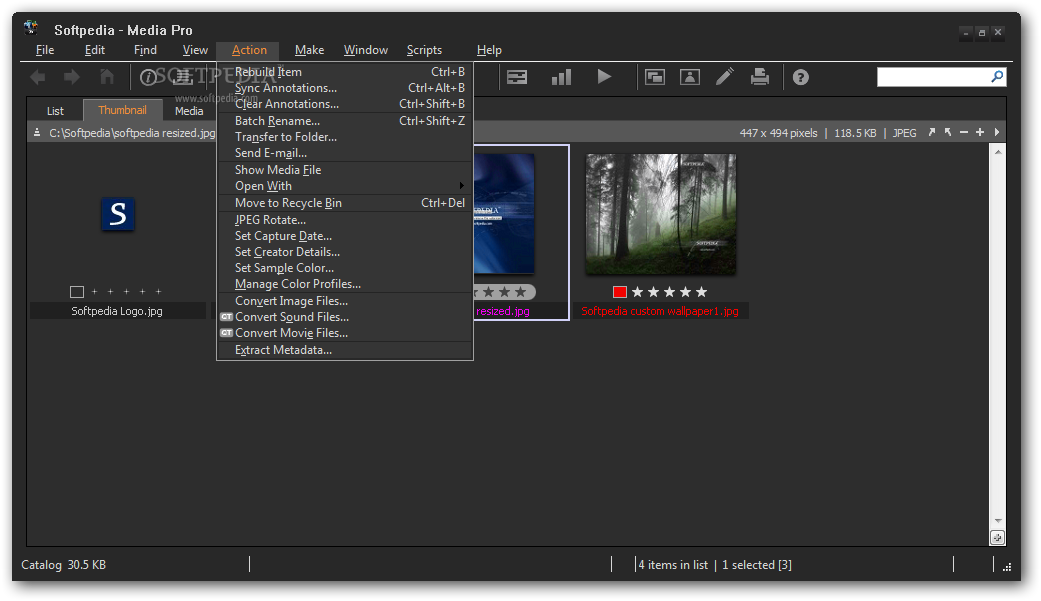


In-server editing of multi-layer 4k+ HDR and mapping simulations has been unrealistic. Until now, HDR media playback was mostly confined to hardware players or to media servers handling only limited resolutions or transformation. There is always a sharp cutoff at the end of our process that means no matter how much love and care goes into creating our content, it will rarely be received as intended.
#PRO VIDEO FORMATS 2.2.2 32 BIT#
16 or 32 bit graphics are reduced to 8bit, making gradients band and removing all the details in highlights and dark areas. However, working in events, there is always a sacrifice that comes at the point of final delivery where all our lovingly crafted graphics, with their fine gradients, deep contrasts and subtle details are reduced into a format optimized for smooth playback over image quality. On the rendering side we have been employing the real-time capabilities of Unreal Engine and Notch, which we use alongside more traditional renderers such as Redshift and Arnold. On recent projects we have been implementing procedural workflows by bringing the power of Houdini into the forefront of our process. In a constant quest for visual fidelity, contemporary methodology and efficiency our studio continues to adopt new workflows into the mix. Our tools develop at an exponential rate, render engines get faster and faster and the methods for producing effects expands creative boundaries to new levels. We are required to deliver content at increasing fidelity as the power to drive experiences continues to grow along with audience expectations.

Part 1: Creative Intentions, New Rendering, Real Time, History of 16bit Master FilesĪs content creators we are constantly on the lookout for ways to give our graphics as much visual impact as possible. We've made available the content we created for the 10bit test. Finally we had to achieve playback in a media server, through high res switchers, to display devices and confirm the high bit depth integrity at the output level. Therefore we created a 10bit motion graphics reel, test codecs for image fidelity, size and encode speed. In order to improve our own content workflow and gain experience with the hardware in delivering 10bit content, we set about testing both. Yet what makes high bit depth, high framerate content viable are lightweight video codecs and hardware that can handle multilayer compositing, color grading and remapping of these assets. In color management, content creators have often used high bit depth intermediate files to mitigate compression loss and artifacts in final outputs, but have mostly not had good enough codecs.Īdmittedly HDR players have existed for some time and they do deliver. Nevertheless, both specifications promise significant quality increases to all audiences.Įvery so often higher frame rates have been used for content, but only more recently have render engines and real time content tools made 30fps and beyond realistic. High refresh rates are common in games, as well as HDR, and in-cinema color quality and management has usually been better than in events. Codec and storage limitations have mostly shied away from delivery formats beyond 8bits. While a significant amount of live experiences now equal or surpass any home entertainment system, creatives have disregarded high frame rate content for the most part. For some time the big technical demand in events has been resolution.


 0 kommentar(er)
0 kommentar(er)
